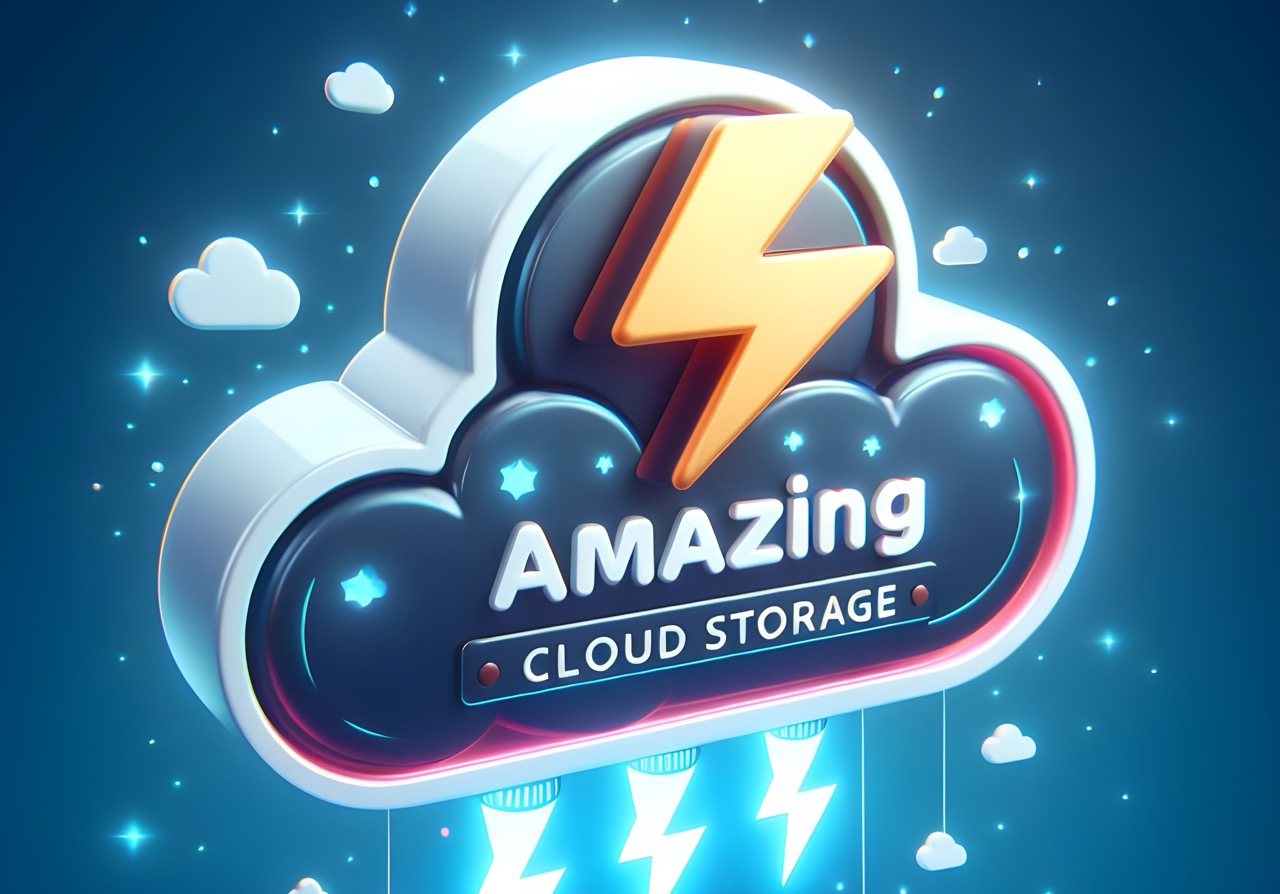Overhaul Personal Cloud Storage
The following is a process of overhauling personal cloud storage to build an effective data hierarchy and build a collection which can be expanded upon in an efficient manner.
Collection of all data
The first step for overhauling one’s cloud storage is to collect all information locally on a personal computer storage or external disks. This is the most cumbersome step out of all. Data is usually present in the following places →
- Cloud Storage Platforms → All data stored in platforms like Google Drive, Dropbox, Box, iCloud Drive, etc.
- Laptop/Desktop Local Storage → Things stored on personal computers, usually within either of the Desktop, Downloads or Documents folders
- Smartphone Local Storage → Data stored on smartphones which is usually in the form of downloaded documents, storage from document management applications such as office suites, or scanned documents placed in the storage by apps such as Adobe Scan
- Physical Documents → All physical paper documents that one has, such as lease documents or health records; these documents should always be digitized even if the documents are necessary to be filed away physically (refer to the data digitization blog post)
- Contacts → Contact data is usually stored in SIM cards or the smartphone storage; all of these can be quickly imported to Google contacts through the app, which consolidates everything and removes all duplicates as well (the same can be done by other cloud contact platforms like iCloud contacts or Samsung cloud contacts, however, Google contacts is the recommended platform as both iCloud and Samsung can sync with Google contacts)
- Photos → Photos can be stored at many places such as personal computers, external hard disks, smartphone storage, or iCloud/Amazon/Samsung/Google photos; the idea is that everything should be in 1 or 2 places only (more details further in the blog)
Decide the fate of data
Once all data is collected, the next step is to decide its fate! This means one of 2 things →
- Do you need to refer to a piece of data ever in the future?
- This can be “yes” documents like lease documents or health certificates
- Such documents must be stored
- Answer to the previous question is “no”
- Discard that data
- Usually consists of data such as non-important receipts
The main intention here is to reduce the vastness of the collected data and reduce strain on the cloud storage capacity being used for that data (for more than a threshold, it requires payment, so it also keeps the wallet heavy).
Build a data hierarchy
With the complete data set downloaded on computer, the next step is to organize them into a folder structure or hierarchy. Storage hierarchy is like a collection of buckets into which relevant data is dumped. A bucket can have several small sub-buckets i.e., sub-folders. The nesting should be minimum and the number of buckets as broad as possible to avoid complicated hierarchy (otherwise it can lead to confusion about “where do I put this?”). An example structure is as follows →
- Professional work
- Job Offer Letter
- Paystubs
- Other lines of work
- Contracts
- Payment invoices
- Personal
- Identity
- Driving License
- Passport
- National/State ID
- Tax Identification Card
- Passport Sized Photograph
- Finances
- Savings Bank Account I
- Savings Bank Account II
- Credit Cards
- Tax Returns
- Investments
- Health
- Vaccinations
- Insurance
- Eye Data
- Housing
- Leasing
- Insurance
- Brokerage
- Jobs
- Cover Letters
- Resumes
- Job Application Tracking Sheet
- Certificates
- Professional Certifications
- Academic Certifications
- Identity
- Family → Like Personal > Identity; but for family members
- Hobby (music, art, etc.)
- Miscellaneous → For data that you don’t know where to put (avoid piling this up)
For photos, there are just the following two considerations →
- Paid → Go for full backup storage on Amazon/Google/iCloud/Samsung Photos
- Free
- Maintain a backup on local hard disks and maintain a regular cadence to back the photos up at least once a month to avoid loss of data in case of an emergency
- Make a note to clear videos from smartphones as early as possible to avoid filling up storage
Upload the data hierarchy
With the hierarchy ready, now comes the easy step → pickup and drop. The folder structure made previously just needs to be uploaded to a cloud storage platform of choice. All platforms support drag and drop, so just select all folders in the hierarchy and drag them into the website for the cloud storage option. Give it time to upload and that’s it!
With data in the cloud, all platforms can provide a smart search feature to search for any file directly from the search bar, or you could just navigate the simple hierarchy.
Considerations for selecting a cloud storage platform →
| Recommendation Ranking | Platform | Free Plan Storage |
|---|---|---|
| 1 (Best Overall) | Google Drive | 15 GB |
| 2 (Great additional features) | Box Drive | 10 GB |
| 3 (Apple ecosystems) | iCloud Drive | 5 GB |
| 4 (Heavy Windows/O365 users) | One Drive | 5 GB |
| 5 (Highest capacity for India) | DigiBoxx (for India) | 20 GB |
The above table is not exhaustive of all platforms and may contain outdated information depending on when the blog post is being read.
Conclusive Consideration
In conclusion, to avoid digital clutter and confusion, keep the following two things in mind →
- Media is best maintained locally or in a paid cloud photos storage platform
- Documents should always be storage in cloud for security, availability and accessibility
